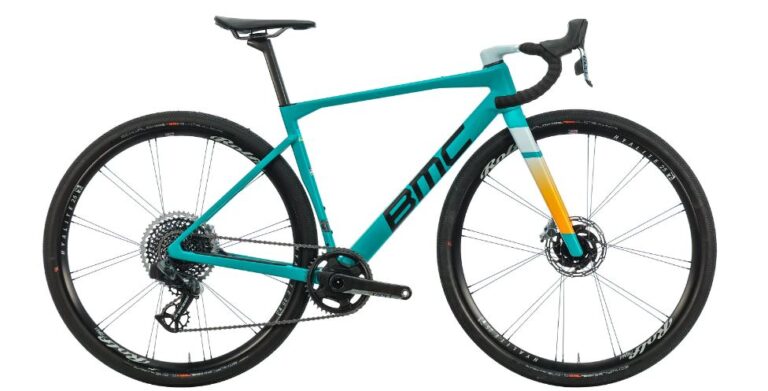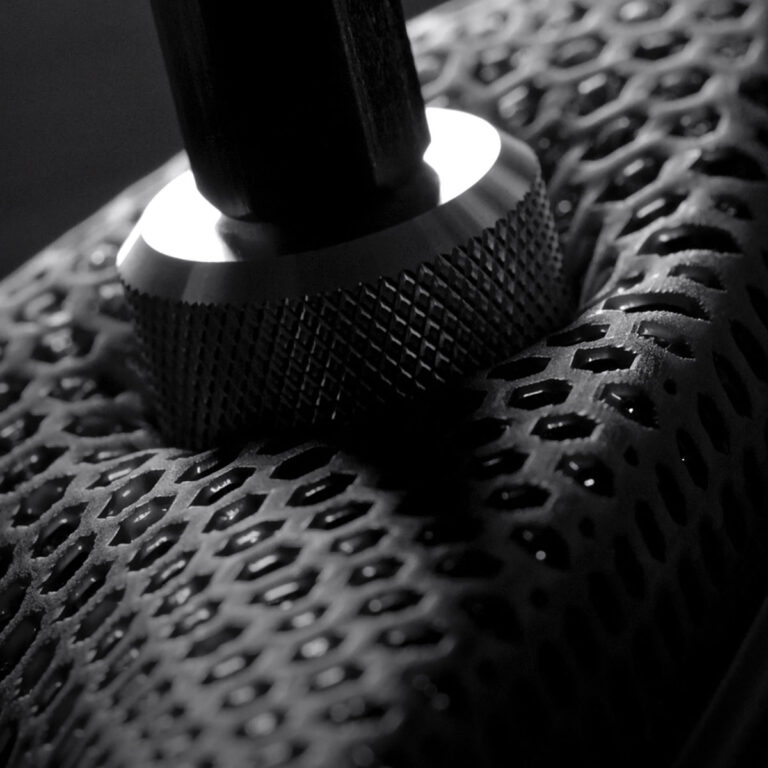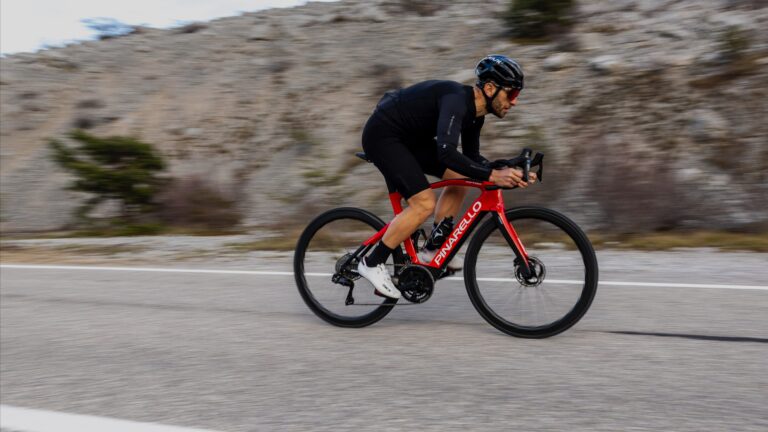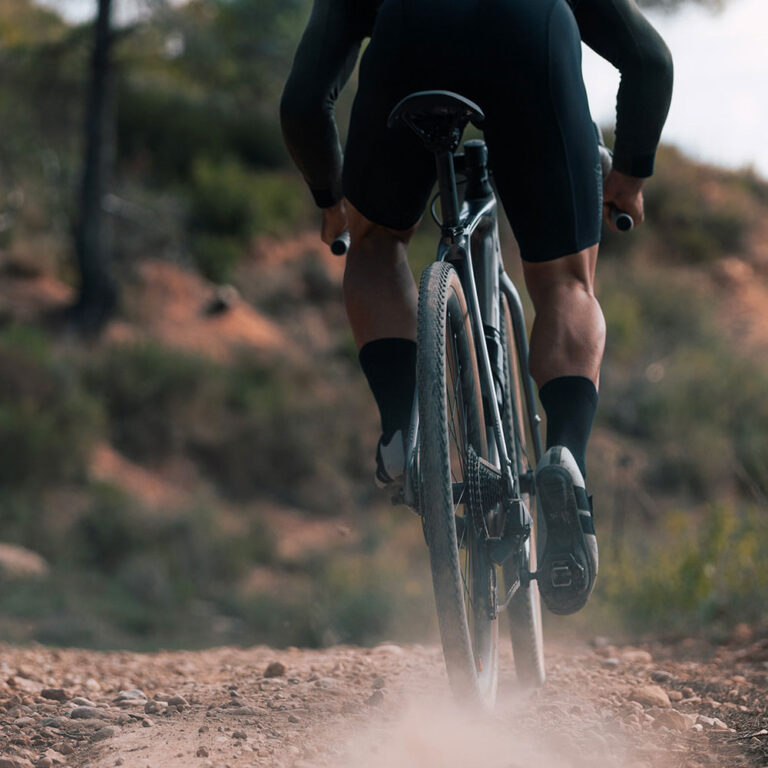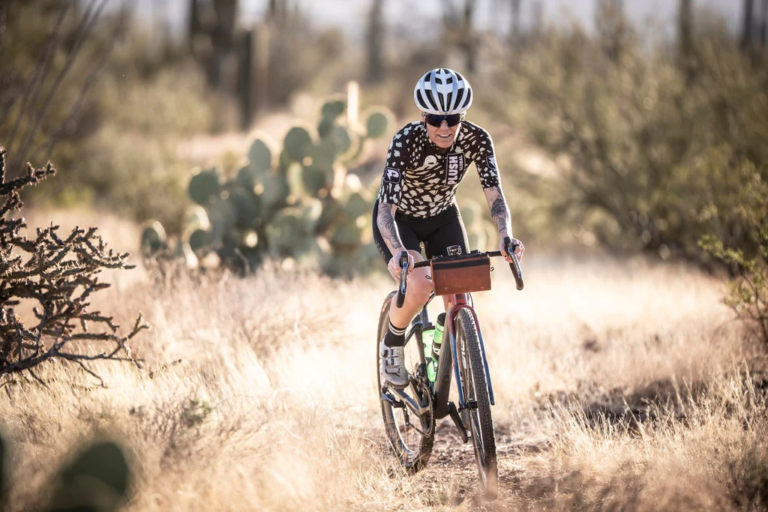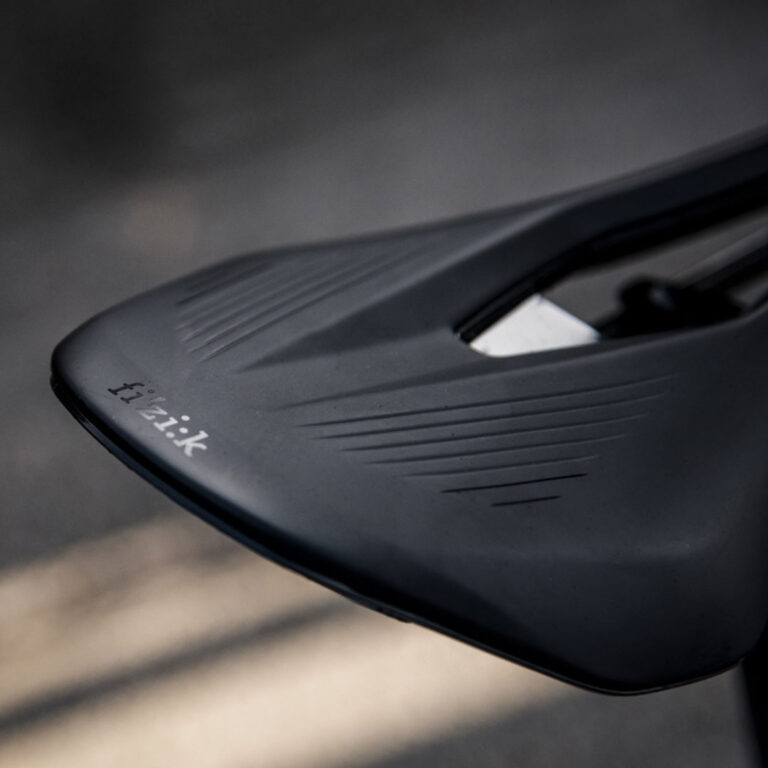Understanding Saddle Padding and Pressure Distribution: A Guide to Enhanced Cycling Comfort
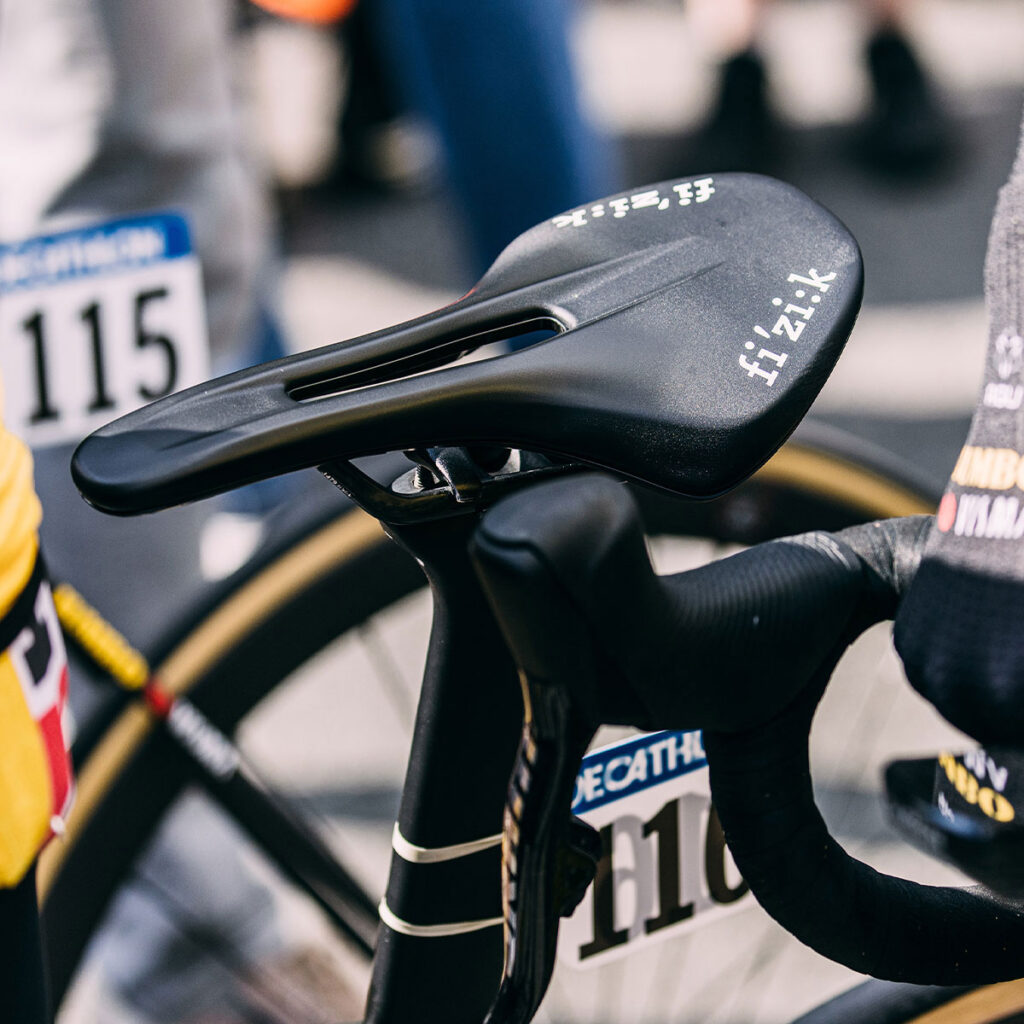
As a masters cyclist with years of experience racing and riding across various terrains on mountain bikes, gravel bikes, and cyclocross bikes, I’ve learned a thing or two about the importance of a good saddle. Whether you’re a beginner or at a mid-level, understanding saddle padding and pressure distribution is crucial for your comfort and performance. Here’s a quick summary of key points before we dive deeper:
- Saddle Padding: Essential for comfort, but more isn’t always better. Finding the right balance is key.
- Pressure Distribution: Crucial for reducing discomfort and avoiding injury. Saddles are designed to support sit bones, not soft tissue.
- Saddle Shape and Size: Must align with your body type and riding style for optimal comfort.
- Material and Design: Impact the overall feel and effectiveness of a saddle.
- Personal Adjustment: Slight adjustments in saddle angle and position can make a big difference.
- Trial and Error: Experimenting with different saddles and settings is often necessary to find the perfect fit.
Now, let’s get into the details.
Saddle Padding: Less Can Be More
When I first started cycling, I thought the thicker the padding, the more comfortable the ride. But through experience, I learned that too much padding can actually lead to more discomfort. It’s all about finding the right balance that suits your body and riding style. Road bike saddles, for instance, tend to have less padding than those for leisure bikes because they’re designed for riders who shift positions frequently and wear padded shorts.
The Science of Pressure Distribution
The key to saddle comfort is pressure distribution. A good saddle should support your sit bones (ischial tuberosities) and relieve pressure on soft tissues. I remember once riding a cyclocross race with a poorly fitted saddle; the discomfort was distracting and it impacted my performance. It’s not just about the padding but also the shape and width of the saddle that ensures the pressure is correctly distributed.
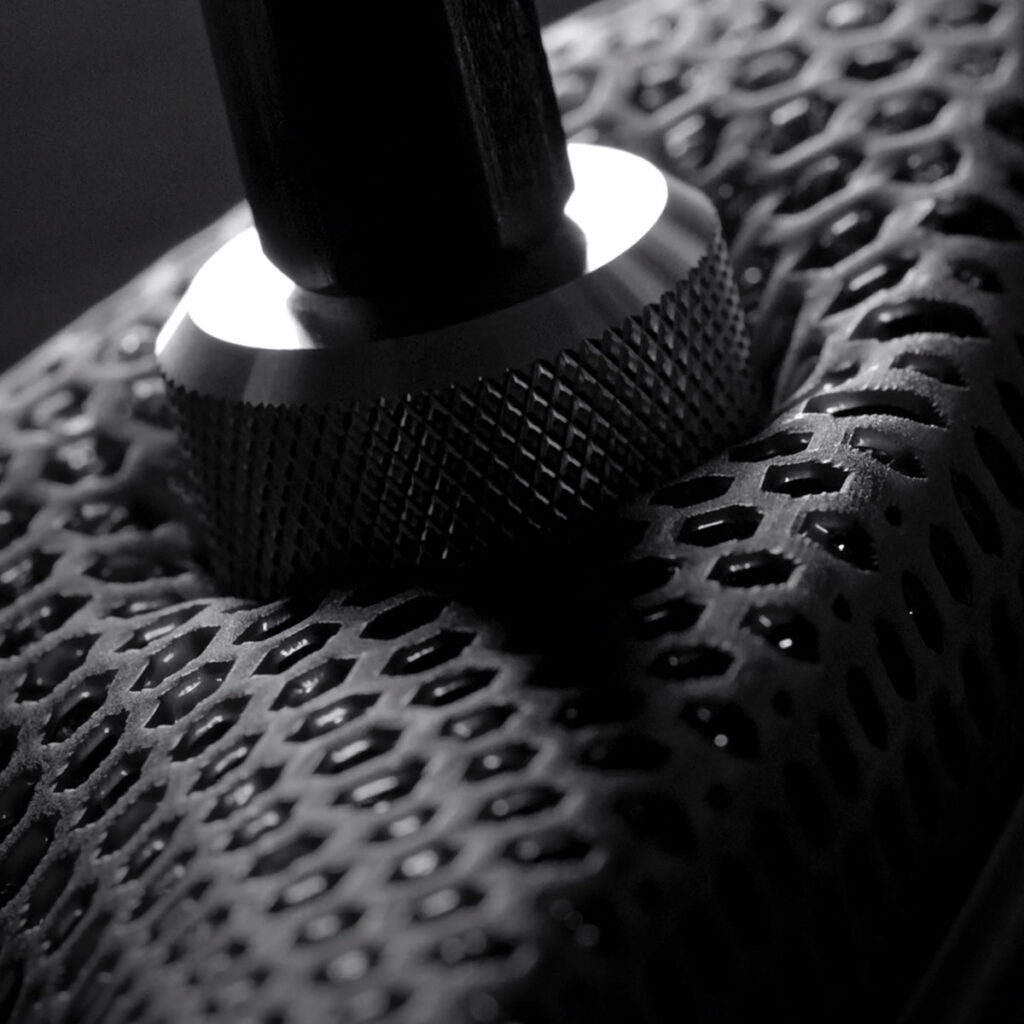
Finding the Right Saddle Shape and Size
Saddle shape and size should correspond with your body type. I’ve ridden saddles that were too narrow or too wide, and neither extreme is pleasant. A narrow saddle can cause excessive pressure on your sit bones, while a wide one might chafe and restrict your leg movement. The trick is to measure the distance between your sit bones and choose a saddle that matches. Some bike shops offer sit-bone measuring tools, which are incredibly useful.
Material and Design Matter
The materials used in saddle construction play a vital role in comfort and durability. Memory foam might feel comfortable at first but can compress over time. Gel padding conforms to your body but can get warm. The design of the saddle also affects comfort – a cutout or relief channel can reduce pressure on sensitive areas.
The Importance of Personal Adjustment
Slight adjustments in the angle and position of your saddle can significantly affect comfort. I once had a saddle slightly tilted upwards, and it took a toll on long rides. A level saddle or one that’s slightly tilted downward at the front often works best. But remember, small adjustments can make a big difference, so take the time to experiment.
Embrace Trial and Error
Finding the perfect saddle often requires experimentation. Don’t hesitate to try different saddles and settings. Many bike shops offer demo saddles, which is a great way to test before buying. Also, always wear your cycling shorts when testing – they’re part of the equation.
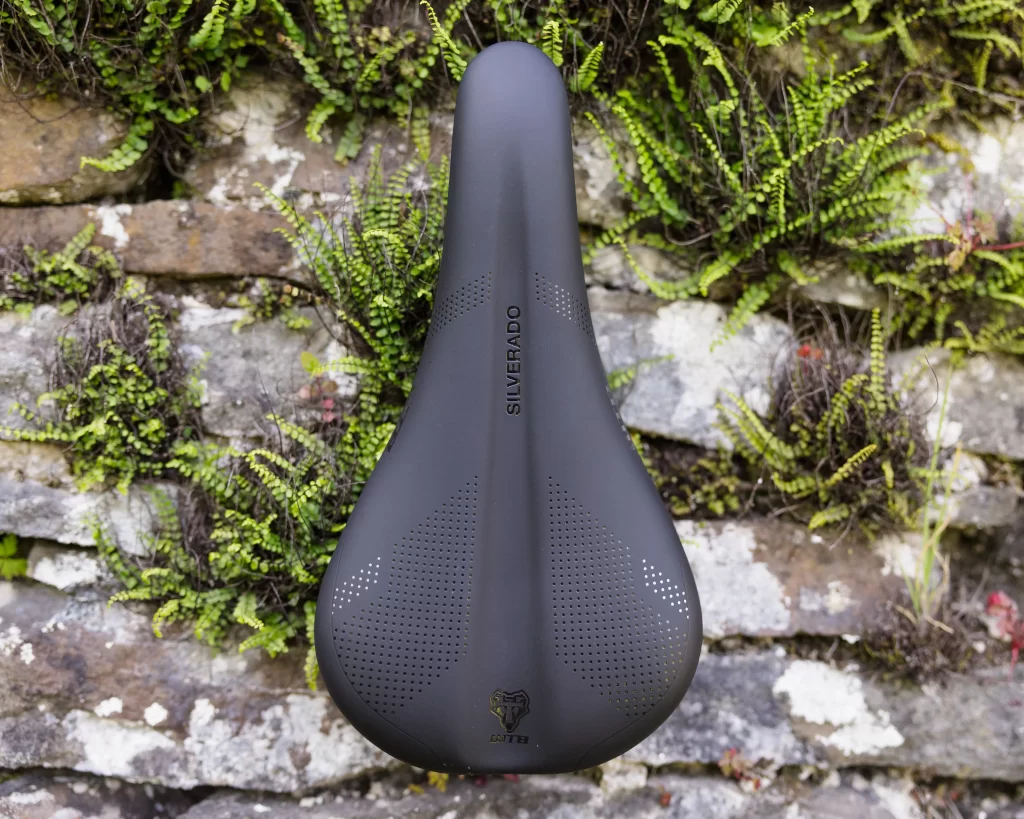
Find Your Perfect Fit
Here’s a summary of some of the best road bike saddles that align well with the principles of optimal padding and pressure distribution:
- Fizik Antares R3: Known for its balanced combination of comfort and agility, this saddle suits riders who prefer a mid-range width and moderate padding. Its design helps in distributing pressure evenly.
- Specialized Power Pro: A popular choice for its ergonomic design and relief channel, which reduces pressure on soft tissues. It’s great for both aggressive racing positions and upright postures.
- Brooks Cambium C17: Ideal for those who love a classic look with modern comfort. Made from natural rubber and cotton, it offers excellent vibration absorption and adapts to your body shape over time.
- Selle Italia SLR Tekno Flow: A lightweight option for serious racers. Its minimal padding and large cutout are designed for riders who are comfortable with less cushioning and seek a performance-oriented saddle.
- Bontrager Montrose Elite: Offers a versatile shape suitable for a variety of riding styles. It features a cutout to reduce pressure and firm padding for efficient power transfer.
- Fabric Scoop Pro: Known for its simple yet effective design, this saddle provides comfort through its unique construction and materials, suitable for a wide range of cyclists.
- WTB Volt: A great all-rounder with a distinctive shape that offers comfort for a wide range of body types and riding styles. It’s especially popular among riders who switch between different terrains.
These saddles are well-regarded in the cycling community for their ability to provide comfort through effective padding and pressure distribution, suiting a variety of riding styles and body types. Remember, the best saddle is one that fits your specific anatomy and riding style, so it’s always recommended to try a few before making a decision.
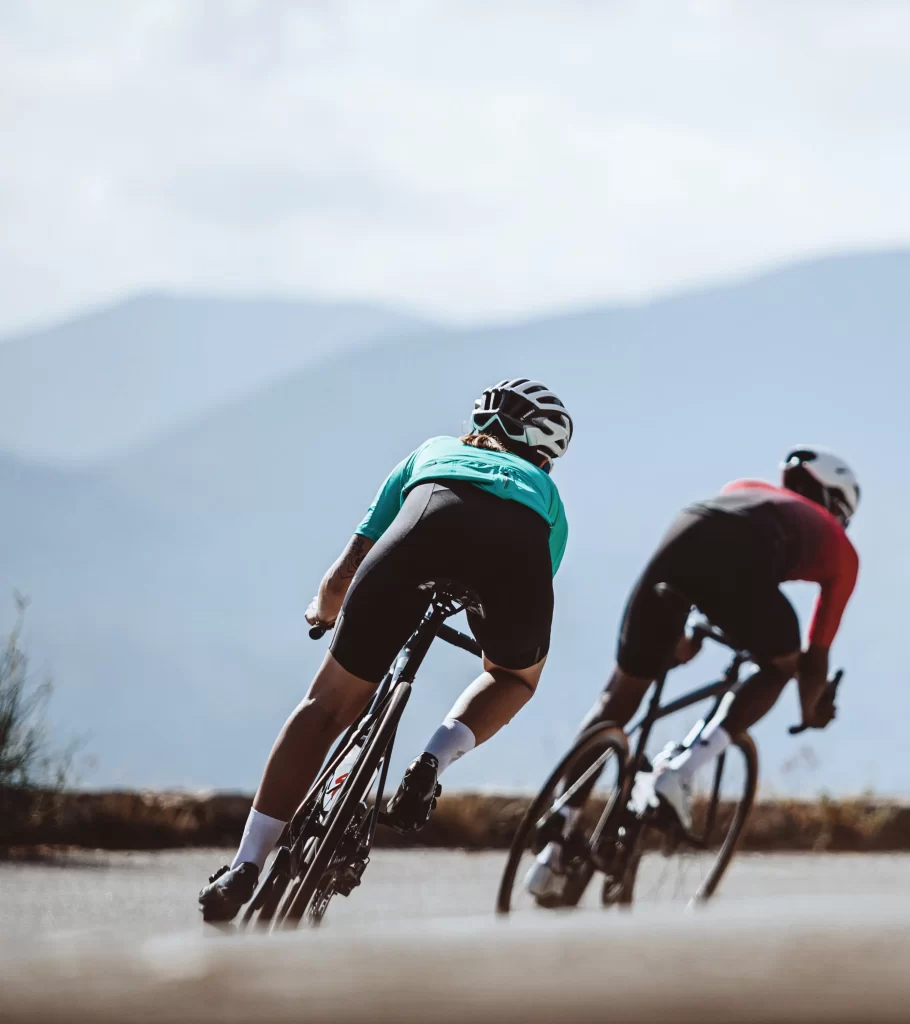
Final Thoughts
In summary, the right saddle with appropriate padding and pressure distribution is key to cycling comfort and performance. It’s a combination of the right padding, shape, size, material, and personal adjustment. Don’t underestimate the power of a well-fitted saddle – it can transform your ride experience.
Remember, cycling is a journey, and finding the right saddle is part of that adventure. Keep experimenting until you find what works best for you.
Happy riding!
John
FAQ
How can I make my road bike seat more comfortable?
To make your road bike seat more comfortable, consider the following steps:
- Adjust Saddle Position: Ensure your saddle is at the correct height and angle. Minor adjustments can make a significant difference in comfort.
- Choose the Right Saddle: Select a saddle that fits your sit bone width and suits your riding style. Saddles with a cut-out or relief channel can reduce pressure on soft tissues.
- Use Padded Shorts: Quality padded cycling shorts can greatly enhance comfort on any saddle.
- Install a Gel Seat Cover: If additional padding is needed, a gel seat cover can provide extra cushioning.
- Ensure Proper Bike Fit: Have a professional bike fit to ensure your entire riding position is optimized, not just the saddle.
Comfort can also improve over time as your body adjusts to the saddle and cycling in general.
Is a bike seat cushion worth it?
A bike seat cushion can be worth it for increased comfort, especially for casual riders or those who experience discomfort with their current saddle. However, it’s important to ensure it fits properly and doesn’t compromise your riding position or efficiency.
How do you sit on a bike so it doesn’t hurt?
To sit on a bike without discomfort, ensure your saddle is at the correct height and angle, sit on the sit bones (not the soft tissue), and maintain a proper riding posture with a slight bend in the knees at the bottom of the pedal stroke. Regularly change your position slightly during longer rides to avoid pressure points.
What is the best cycling saddle to prevent numbness?
The best cycling saddle to prevent numbness typically features a cut-out or relief channel to reduce pressure on sensitive areas. Saddles like the Specialized Power, Selle SMP, and ISM seats are well-regarded for their ergonomic designs that help prevent numbness.

